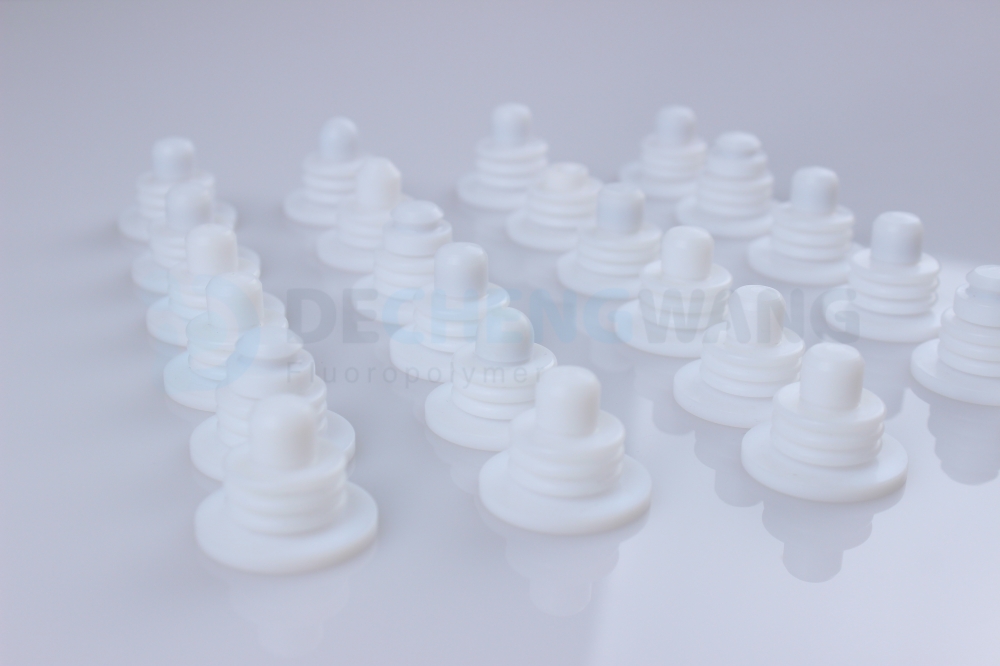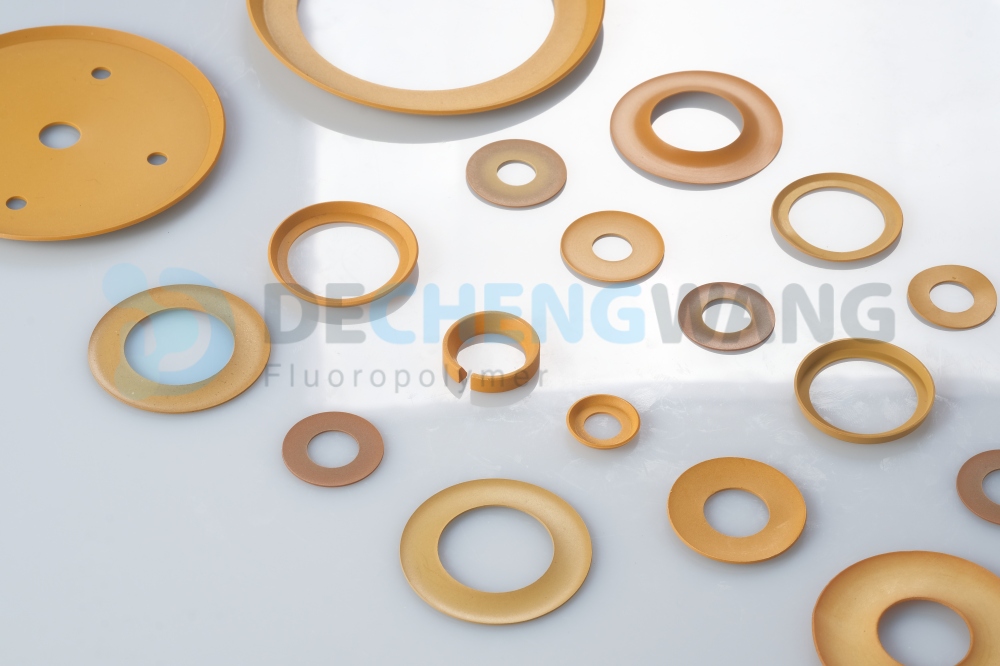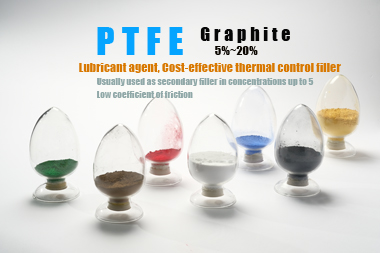Seals are an integral part of many industrial types of machinery. It is the common opinion that high-temperature seals are tougher to manufacture when compared to low-temperature seals. This is because high-temperature resistant seals have to be manufactured from the most suitable material to withstand very high heat and pressure in given conditions.
Not sure where to start when it comes to heat-resistant seals? Then this article is the right place for you! Read ahead to know more about seals that are used to seal high-temperature situations.
What Are High-Temperature Seals?
High-temperature seals are devices that are used for many purposes including preventing leakage, containing pressure, and avoiding contamination. The specialty of high-temperature resistant seals is that they are designed to prevent leakage across parts even when the machine is present in high-temperature situations. Usually, these devices can seal high temperatures up to 1200℃.
Due to their application in places like turbines, exhaust systems, and fuel cells, these seals need to be made of the most suitable material to minimize leakage and offer high resistance. As the seals endure extreme situations, they will eventually wear off if it is not made from the right material.
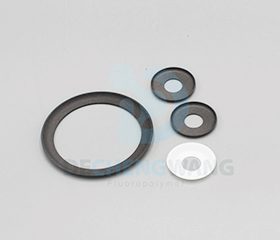
Applications of High-Temperature Seals (about 470 words)
High-temperature seals find a wide range of applications in various fields because of their capability to withstand temperatures up to 1200℃. Manufacturers like Dechengwang employ expert designers who consider all the necessary factors before designing the seals that are used in high-temperature and pressure situations.
- Aerospace
Fluoropolymer seals made of materials like PTFE are incredibly useful in the aerospace industry. These are high-temperature sealing parts that offer reliable protection during high-temperature situations that arise in many parts of the vehicle, from the engine to its surface.
During re-entry into the atmosphere, the surface of the vehicle experiences immense levels of friction, leading to extreme temperatures. High-resistant seals can act perfectly in situations like these.
- Automotive
Mainly used in the engine compartment, rubber seals help in absorbing extra heat and compression. High-temperature seals also find applications in various parts of a vehicle – for example, high-quality seals are an integral part of any transmission so as to avoid grime and other contaminants damaging the functioning of the transmission. Seals are also used for maintaining pressure within the compartment where the engine is placed.
- Mechanical Engineering
Be it refineries, chambers, or turbines, high-temperature situations are inevitable in the mechanical engineering industry. When it comes to systems that regularly deal with extreme pressure and temperatures, it is important to choose a reliable high-heat seal that can offer effective sealing properties.
If proper seals are not used to seal high-temperature situations, they might lead to leakage and corrosion, causing hazardous accidents.
- Chemical Plant
Many chemical processes and reactions take place in extreme physical conditions like high or low temperatures. Seals used in chemical plants and industries need to be highly resistant because fluids of high temperature and pressure are transferred.
Transfer of such fluids also eventually corrodes and wears off the mechanical parts used in the plants, so it becomes crucial to use high-quality high resistant seals and pumps.
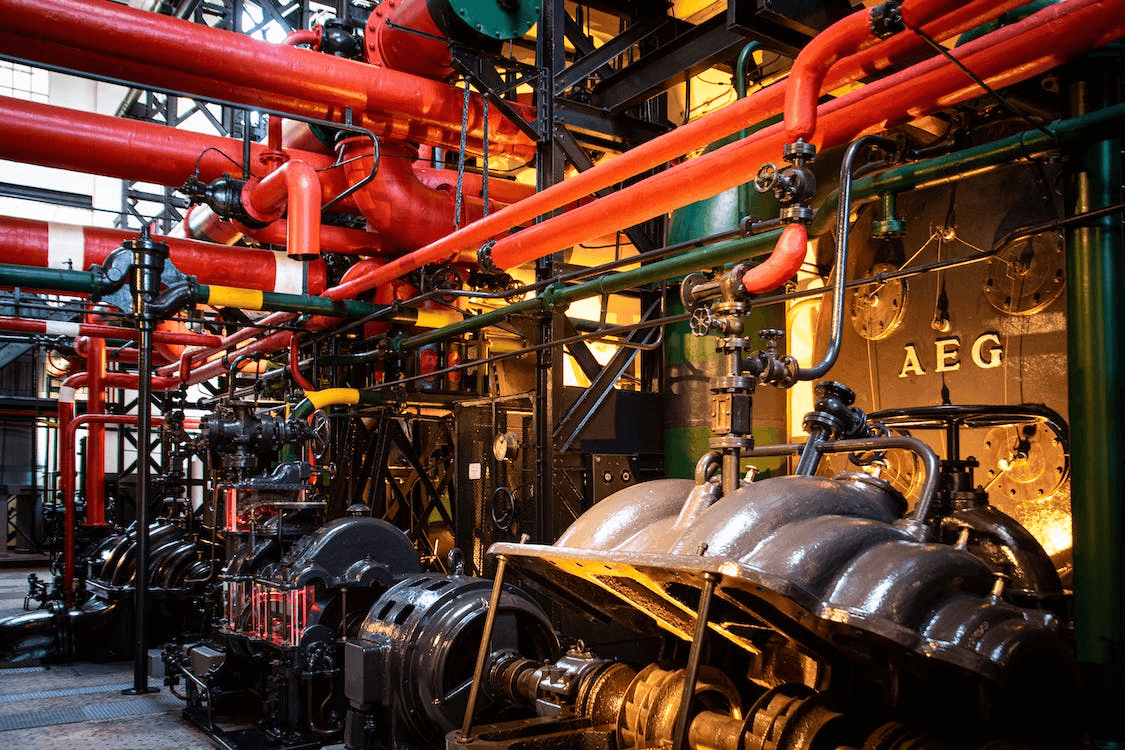
- Oil & Gas
The drilling of wells for oil and gas involves working in high-pressure, high-temperature situations. Both on and off the field for refineries, high-temperature sealing parts such as seals and O-rings are used to carry out the necessary processes smoothly. In these circumstances, only rubber and polymer seals can perform and retain their characteristics, thus offering long life and minimal issues.
- Medical Engineering
Many people are not aware of the wide applications of seals in the medical engineering field. Rubber seals are used in many components like medical pumps, IV pipes, implant materials, lab equipment, and even temperature-controlling devices.
Also, high-temperature-resistant seals find wide applications in this field – these components are an essential part of temperature-controlling and measuring devices.
- Food Processing
When it comes to the food processing industry, purity, and stability are two important characteristics that one should look for in the devices used. PTFE is one of the best materials to use for high-tolerance seals when it comes to food processing and related industries.
Since these seals come in contact with chemicals and other dangerous fluids of extreme temperatures and pressures, it is important to choose the right type of seal.
Factors to Consider When Choosing High Heat Seal Materials
It is of immense importance to choose the most suitable material for a high-heat seal. The wrong material can cause the seal to malfunction in extreme temperature situations, thus leading to potential hazards and damage. Here are some factors to consider while choosing materials for high-temperature seals:
- Material Compatibility
High-heat seals are widely used in many industries. So, it goes without saying that throughout their life, seals come in contact with a variety of materials and fluids. Seals also come in contact with the environment and the other devices and components that are a part of the setup.
The material from which the seals are made should be compatible with the substances that they are going to interact with. For example, if a high-resistant seal is used in the chemical industry, it should be capable of withstanding corrosion as the seal will come in contact with dangerous chemicals.
- Temperature Limit
The temperature limit of the material of the seal you are choosing is the most important factor to look out for. High-temperature seals will be employed in extreme situations, so they need to have high resistance to temperature and pressure.
Often, extreme temperature and pressure can alter the characteristics of the material – this is not ideal for a seal. Also, the seals should be neutral to chemicals and other reactive materials.
PTFE material seals can be used in the temperature range of -180℃ to 260℃. This makes PTFE the best option to use in both extremely low and high temperatures.
- Thermal Expansion and Contraction
The coefficient of thermal expansion is a material property that points out the extent to which a material will expand when it is heated. Elastomers in general have coefficients that are nearly ten times that of steel. In the case of PTFE, it has a high thermal coefficient, meaning that it expands when exposed to high temperatures.
When it comes to high-temperature seals, the coefficient of thermal expansion will determine the extent to which the sealing will grow or contract compared to its comparative metal components. High-quality PTFE seals like the ones offered by Dechengwang are capable of overcoming minor setbacks to perform a long life.
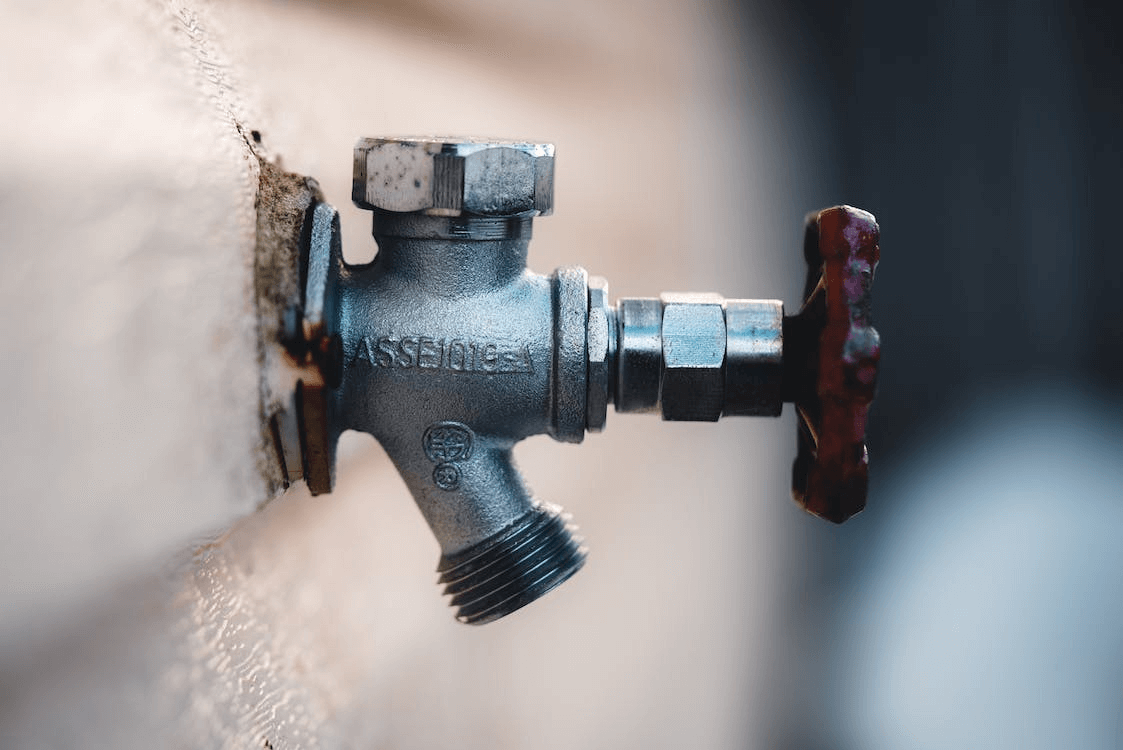
- Resistance of Compression and Load
The compression set resistance of a material can be understood as its capability to revert back to its original shape after enduring resistance for a given time. This property of a seal is very important because it determines the capacity of a seal to withstand pressure and other external factors.
Many elastomers and fluorocarbon-based polymers have a great resistance-of-compression factor, making them a reliable choice of material for making products like gaskets, seals, and O-rings.
Carbon-filled PTFE is one of the best materials in which highly resistant seals can be made – apart from excellent compressive strength, this material also exhibits resistance to corrosion.
- Application Scenario
Another crucial factor to think about before choosing the material for a high-heat seal is the application of the seal. Depending on the industry in which the seals are to be used, the materials will differ.
For example, seals made of fluorocarbon-based materials have high resistance to compression and can withstand extreme temperatures. This makes them a reliable choice for oil and gas industries.
If the application scenario involves a chemical plant, then manufacturers have to look for materials that are neutral to chemicals and can withstand corrosion. Thus to seal high-temperature situations in different scenarios, seals made of different materials might be needed.
Instructions for High-Temperature Sealing
To achieve perfect high-temperature sealing, one should follow a series of steps. The process starts with choosing the most suitable seal for a particular application and proceeding with the sealing methods and procedures. Also, it is important to conduct regular inspection checks to ensure that the seals are working properly.
- Select Suitable Seals
There are many different factors one should consider before choosing a particular seal for an application. Some of the most important factors include:
- Fluid pressure range – the range of pressure in which fluids will flow in a system
- Temperature range – the maximum and minimum temperature sets in the system at which the seal will operate
- Dimensions – the size and width of the pumps and cylinders will determine the size of the seal – the seal has to fit perfectly to avoid leakage.
- Application – based on industrial application, the seal has to be chosen, as different applications demand particular characteristics.
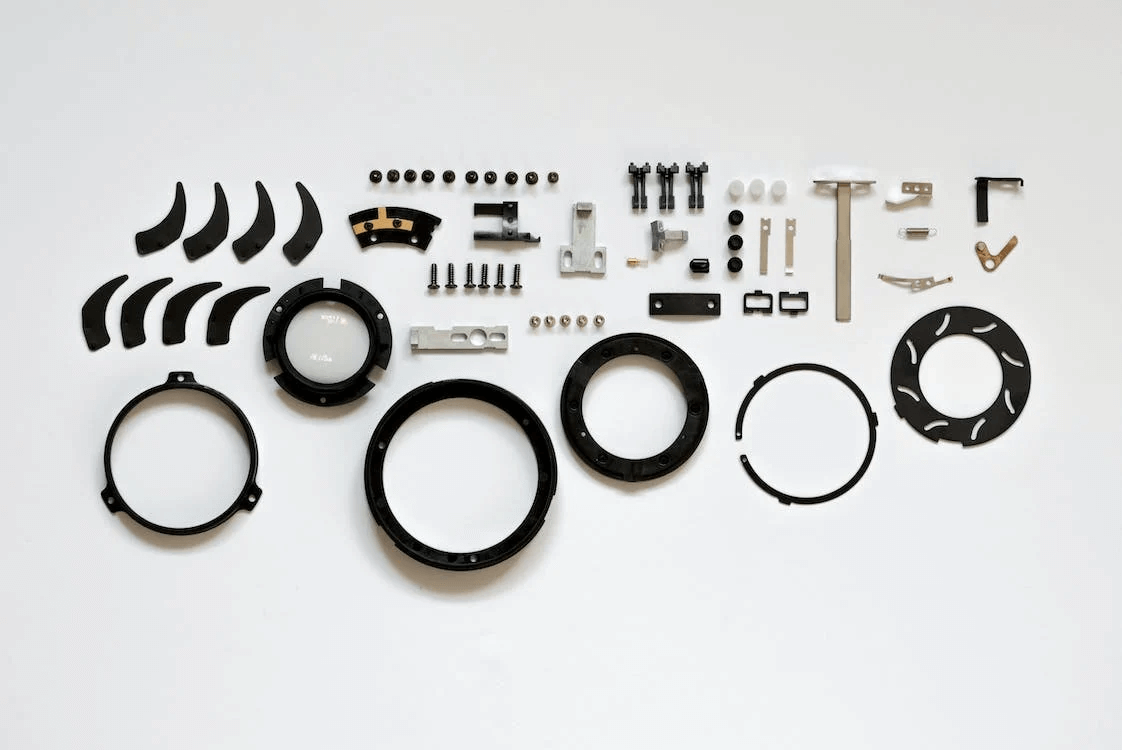
- Prepare the Sealing Surface
Now that the right seal is selected, it is time to work on a proper sealing surface. The sealing surface where the seal and the hardware of the machinery interact needs to be smooth – it is very important that this surface is clean and uniform.
Instructions for High Temperature Sealing
- Choose the Appropriate Sealing Method
When handling high-temperature sealing, it is of great importance to pick the proper sealing technique. The most common kinds of sealing techniques for high temperatures one should be aware of are o-rings, sealants, gaskets, compression packings, and many more.
For choosing the appropriate sealing method, it is best to pay attention to a wide variety of aspects, including pressure conditions, operating temperature conditions, kind of equipment used, chemical compatibility, etc.
- Follow Proper Sealing Procedures
Following proper high-temperature sealing procedures is essential for safety and credibility. Start with cleaning the surface of the sealing using safe-to-use cleaning elements. Paste the sealing material considering the operating pressure and temperature needs.
There are different types of procedures, like curing, compression, and torquing. Thus, do not go overboard with the pressure and temperature ranges during the sealing procedure. Prior to putting the sealing under high temperatures, it is best to leave the sealing material after applying it.
- Perform Regular Inspections and Maintenance
To make sure that the high-temperature seals are functioning properly, conducting routine inspections and maintenance is relatively vital. It is best to perform an inspection every now and then to check the seal’s condition and inspect for any damage such as leakage, wear and tear, etc.
If any components are damaged, make sure to replace them as quickly as possible. Check the operating conditions such as pressure and temperature to ensure they do not deter the performance of the seals.
6 Recommended Materials for Heat Resistant Seals
High-resistant seals are put under extreme temperatures and pressure. So, it is necessary for the seals to be made of materials that have a high coefficient of thermal expansion, and also are neutral to chemicals and extreme atmospheric factors. Here are some of the topmost recommended materials for high-temperature seals.
- PTFE
Polytetrafluoroethylene (PTFE), also commonly known as Teflon, is a fluorocarbon-based polymer and is one of the most common materials from which rubber seals and gaskets are made. The color of the polymer is white.
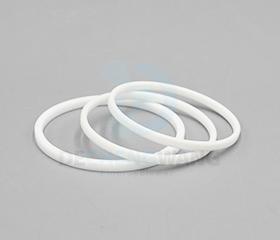
PTFE is a fluoropolymer that is well-suited for manufacturing high-temperature seals. Here are some of its properties.:
- Temperature Range: The working temperature range of PTFE is from -180℃ to 260℃. Components made of this polymer function well at both extremely low and high temperatures.
- Inertness: PTFE is biologically inert – it does not react to biological fluids, so it can be used in the medical field without any chance of mishaps. The material is also chemically resistant – it does not react to chemicals or does not deteriorate even when exposed to harsh chemicals.
- Resistance to Compression: The polymer is highly resistant to compression, so it can retain its original shape easily.
- Other Properties: The polymer is non-flammable. Teflon also has excellent insulating properties.
- PTFE Compounds
There is a wide range of PTFE compounds like Carbon-filled PTFE, Glass-filled PTFE, Graphite-filled PTFE, etc. In general, all of the PTFE compounds exhibit excellent physical, thermal, and chemical properties that make them a suitable choice of material for making high-tolerant seals. Seals made of these materials also have reduced wear rates and friction coefficients when compared to virgin PTFE.
- Carbon-filled PTFE: Contains up to 35% of carbon and the rest is PTFE. The color of the material is black. Parts made of this material exhibit improved resistance to load and electrical and thermal conductivity. The temperature range is from -269°C to 315°C.
- Glass-filled PTFE: Contains up to 40% of glass fiber. The color of the material is cream white. Properties include improved wear resistance, chemical resistance, and optimal performance in an oxidizing environment. The temperature range is from -260°C to 260°C.
- Graphite-filled PTFE: Contains up to 25% of graphite. The color of the material is black. Properties include improved sliding properties against soft metals and chemical inertness. The temperature range is from -73°C to 204°C.
PEEK
Abbreviated as polyetheretherketone, this is a high-performance plastic that possesses impressive chemical resistance and mechanical strength. This material is highly recommended for manufacturing seals because they have high dimensional stability – the coefficient of thermal expansion for the material is high. The color of the plastic is light brown or black.
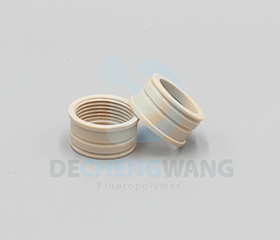
- Temperature Range: At very low temperatures, like below -70°C, the plastic is brittle. As for high temperature, it can withstand up to 260°C, making it a great choice for high-temperature seals.
- Inertness: Chemically resistant to common chemicals including acids, oils, solvents, and salts. It’s also biocompatible.
- Resistance to Compression: PEEK boasts high wear resistance and tensile strength.
- Other Properties: It’s a lightweight material. Considered to be the ideal replacement for stainless steel. The material also has excellent mechanical strength and stability.
Virgin PEEK is a common choice for making laboratory and medical equipment, thanks to its biocompatibility and chemical resistance.
- PVDF
PVDF, which expands to polyvinylidene fluoride, is a fluoropolymer that has many special characteristics. For instance, the material is resistant to nuclear radiation, making it the perfect choice for use in nuclear reactors and related areas.
PVDF also has high creep resistance – it can endure mechanical stress for a prolonged time in a given environment without losing its sealing properties.
- Temperature Range: PVDF has a wide temperature range: -50°C to 150°C. Due to this range, it is a reliable material for manufacturing high-resistant seals.
- Inertness: PVDF has resistance against common chemical solvents like acids and oils.
- Resistance to Radiation: PVDF is resistant to ultraviolet and nuclear radiation. This makes the material a great choice for use in the nuclear power industry.
- Other Properties: This material has impressive dielectric properties. It also has low permeability.
- PCTFE
Polychlorotrifluoroethylene (PCTFE) is a homopolymer of Chlorotrifluoroethylene (CTFE) and is a fluoropolymer that is known for its dimensional rigidity and stability.
Translucent in appearance, this material is better than other fluoropolymers when it comes to mechanical properties and strength. PCTFE is also preferred for its low permeability.
- Temperature Range: The working temperature of PCTFE is from -240°C to 150°C. While seals made of this material can be used in both low and high-temperature situations, it is usually employed in cryogenic applications.
- Inertness: The material is resistant to all inorganic corrosive liquids.
- Mechanical Properties: Impressive creep resistance, thus making it a great option for applications where there is a chance for high wear and tear. It retains dimensional stability over a wide temperature range.
- Other Properties: PCTFE exhibits a great stress-crack resistance factor. It has really low gas permeability. Another specialty of this material is that it has near-zero moisture absorption.
- PFA
Perfluoroalkoxy (PFA) also goes by the name vinyl ether. This is one of the few plastics that is suitable to employ in both extremely low and high temperatures. Apart from being used to make seals that seal high-temperature situations, this material is also used to manufacture pipes, fittings, and corrosion-resistant lining for vessels.
- Temperature Range: The working temperature of PFA is very impressive: it works in temperatures as low as -200°C and is also effective in extreme temperatures up to 260°C.
- Inertness: PFA is chemically inert to a wide range of chemicals including solvents and industrial chemicals.
- Mechanical Properties: PFA is surprisingly stable at high processing temperatures. It has a low coefficient of friction and also a low dielectric constant. The material possesses impressive stress-crack resistance and creep resistance.
- Other Properties: The material is capable of resisting ignition, thus avoiding the spread of flame in case of an accident.
A Reliable High-Temperature Seals Services Provider: DECHENGWANG
When it comes to the manufacturing of seals used to seal high-temperature parts and situations, it is highly necessary to choose the right material for the seal and follow all the protocols during the manufacturing process. Dechengwang is one of the most trusted providers of high-temperature seals internationally and here are some reasons why:
- Offering Customized Design and Manufacturing
If you need to find a reliable seal manufacturer, Dechengwang is here to help you. We specialize in custom design and manufacturing of seals, O-rings, gaskets, and other machined parts. Our long experience in this field has helped us perfect our processes and achieve high-quality custom designs.
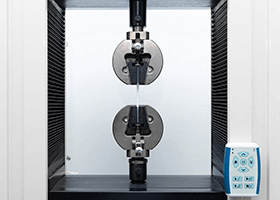
- Providing A Wide Range of Sealing Materials
Dechengwang specializes in fluoropolymer materials and manufactures a wide range of products using the same. We use fluoropolymers for manufacturing machined components because of their excellent mechanical strength, chemical inertness, and resistance to corrosion.
It should also be noted that these materials are the perfect choice for high-temperature sealing parts in applications that involve extreme temperature and pressure situations.
- Available With No Minimum Order Quantity
Whether you are interested in placing a small order or big order, everything is possible with Dechengwang. We as manufacturers understand the needs and necessities of our clients and customers, so we do not keep a cap on the minimum order quantity. All of our products are available to order in any quantity the client requires – there are no delayed processes for generating the order either.
Conclusion
When it comes to choosing high-temperature seals, there are many factors one should consider, ranging from temperature range to durability. The application of the seal also determines the material from which it should be made. PTFE, PEEK, and PVDF are some of the common materials from which high-resistant seals are made.
Looking for a reliable supplier for high-resistant seals? Dechengwang will be the best option. As one of the top-most manufacturers of fluorocarbon polymer components in China, we excel in a wide range of products including O-rings, bellows, and seals. Visit our website today to learn more about our products and services, and get an instant quote for your order!

